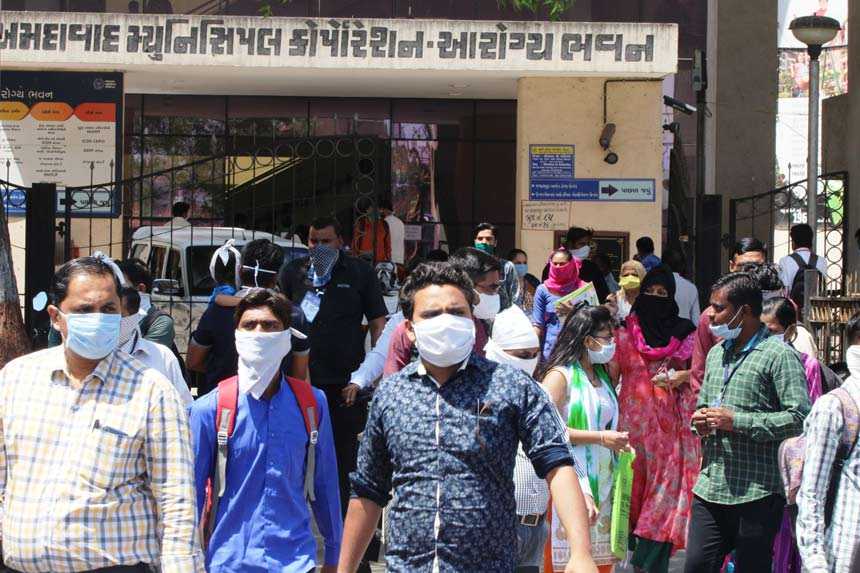

Although there is no country that is not experiencing the drastic effects of climate change, as a populous, tropical emerging economy, India faces a bigger challenge than others in coping with the consequences. The country is already addressing issues of water shortages, food security and loss of development dividends. In the last few years, the effects of climate change have been evident in the forms of floods, droughts as well as the risk from tidal waves and cyclones experienced in coastal areas of the country.
The Indian government has taken a keen interest to address climate change, and decided to adopt a more proactive, ambitious and forward-looking approach to climate action in the last decade. This includes both external and domestic dimensions to India’s Climate Change policy which has been articulated through two key documents: the National Action Plan on Climate Change (NAPCC), adopted on June 30, 2008, and the Intended Nationally Determined Commitments (INDC), submitted to the UN Framework Convention on Climate Change (UNFCCC) on October 2, 2015.
Sustainable development, however, is a difficult balancing act for emerging economies, as they have to simultaneously accomplish three things with trade-offs: (1) improve economic well-being with social justice for the present generation, (2) yet manage with more restrained use of land, air, forest, energy and water resources, and (3) protect future generations. These choices are more difficult in developing and emerging countries because small changes drastically—and disproportionately, compared to more developed countries—affect people’s livelihoods. Therefore, understanding people’s needs, encouraging public and private sector collaborations, ensuring civil society participation and individual ownership are critical factors for climate action to succeed in countries such as India.
How Has COVID-19 Impacted Climate Action in India?
The pandemic response and recovery process dominated the policy agenda leaving little room to discuss climate change actions. In the Indian Union Budget 2021-22, the total allocation for the five autonomous institutes under the Ministry of Environment, Forest and Climate Change was reduced by 20 percent, instead of the planned increase.
Further, the impacts of both COVID-19 and climate change have revealed deep inequalities—between individuals and between status groups—reinforcing long-entrenched paths of discrimination and inequality based on caste, race and gender and socio-economic situation. According to United Nations, some 400 million people in India would slip into poverty due to the impacts of the pandemic. And these are mostly workers in informal sectors from traditionally marginalized communities living in informal settlements prone to heavy pollution which causes respiratory health issues. These communities are now more vulnerable to COVID-19. This shows how disproportionate the pandemic’s impacts have been.
There is a need to realign climate change actions. India will now need to focus more to meet its objectives of environmentally sustainable economic well-being. This is possible and doable. Businesses and individuals have taken charge and stepped up their fight against both challenges.
As recently as November 2020, some of India’s biggest private sector companies pledged to work with the government to tackle climate change and build sustainable economies, thereby helping the country achieve its targets under the Paris Agreement.
The companies are aiming to go beyond the promotion of renewable energy, enhanced energy and material efficiency by advancing processes and technologies, increasing water efficiency, planned afforestation, improving waste management and recycling, etc.
Similarly, corporate India has been helping the government fight the COVID outbreak by donating billions of rupees, supplying medical equipment and opening hospitals.
Though this is just the beginning, the collaboration between government, private sector companies, civil society, and academia will need to be further strengthened as more partnerships are required to operate on-ground activations for a country as large as India.
What Is the Way Forward?
Going forward the attention needs to be on “Swachh Bharat toh Swasth Bharat” (Clean India for a healthy India). A route that is already being accepted by the Indian government.
But strengthening private sector engagement is crucial for a transformational shift towards climate actions —both in mitigation and adaptation and to avoid future pandemics. This means moving actions for climate change and health beyond Corporate Social Responsibility (CSR). Additionally, it will be important for bigger companies to support small entrepreneurs and start-ups to align their activities with environmental concerns that would have a direct or indirect impact on health.
Government should also ensure initiatives by the private sector does not happen in isolation and are noticed or given due recognition. One way to facilitate is aligning policy goals and processes. A more coordinated and coherent approach can scale up contributions.
Lastly, as India heals from the pandemic, it is crucial to revisit our sustainable development ambitions from a cross-sector perspective and provide for more modern healthier cities through various actions under one policy framework. The definition of a modern healthy city should not be limited to technological advancements but one that integrates citizen’s demand for turning green and a focus on improving the resilience of communities. Such a wide overhaul of our lifestyle will require action and deliberation at all tiers of the government, industry, civil society and academia.


